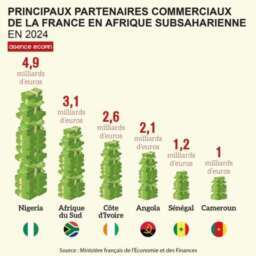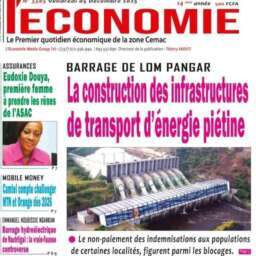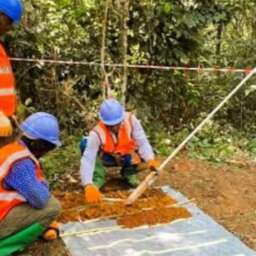(Business in Cameroon) – Cameroon’s formal job market saw steady growth between 2015 and 2022, with an average of 69,826 permanent jobs created each year, according to the final report from the Third General Business Census (RGE3) released on May 5, 2025, by the National Institute of Statistics (INS).
The total number of formal jobs in 2022 reached 1,178,043, up from 635,969 in 2015. That marks an 88.2% increase over eight years. The INS attributes this rise mainly to the sharp growth in the number of businesses, which went from 209,482 in 2016 to 438,893 in 2023, an increase of 109.5%.
The data shows a growing gender gap. Out of the total jobs in 2022, 806,712 were held by men, representing 68% of the workforce, while women accounted for only 32%. That is a significant drop from 44% in 2015, indicating a decline in women’s participation in the formal labor market.
Most jobs were found in the tertiary sector, which accounted for 78% of total employment. The secondary sector made up 18%, while the primary sector had the smallest share. Compared to 2015, the tertiary sector gained 4 percentage points, while the primary and secondary sectors dropped by 1 and 3 points respectively.
In the primary sector, agriculture remained the main source of permanent jobs, making up 68.7% of the sector’s employment. However, the share of agricultural jobs fell by 19.5 points, mainly due to the crisis in the Anglophone regions, which forced the Cameroon Development Corporation (CDC), a major employer in agriculture, to cut its workforce.
On the other hand, the INS recorded gains in livestock and forestry jobs, which rose by 3.6 and 15.2 points, respectively. In the secondary sector, jobs were mainly concentrated in food processing and clothing manufacturing, which together provided 112,158 jobs, or 51.4% of the sector’s total employment.
Within the tertiary sector, commerce accounted for 49.8% of the jobs. Very small enterprises (VSEs), due to their large number, provided the majority of modern formal jobs at 55.6%, while large companies, though fewer, accounted for 22.2%.
The Littoral and Center regions continued to lead in job creation, with the cities of Douala and Yaoundé dominating the landscape. Douala alone held 37.7% of all formal jobs, while Yaoundé accounted for 25.5%. These two urban centers remain the country’s business hubs, hosting most of the large and mid-sized firms operating in Cameroon.



































